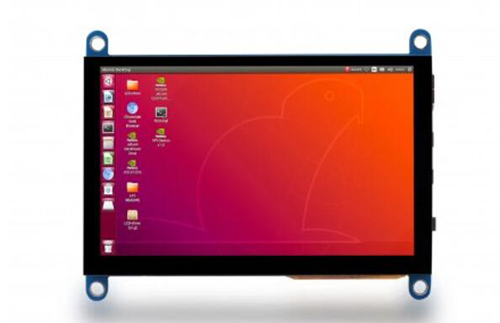What is the difference between IPS and LCD?
Views: 568 Update date: Oct 16,2023
IPS (In-Plane Switching) and LCD (Liquid Crystal Display) are related technologies used in modern displays, with LCD being a broader term that encompasses various types of display technologies, including IPS. Here's the difference between the two:
LCD is a broad category of display technology that uses liquid crystal to control the passage of light through the display. Liquid crystals are sandwiched between two layers of glass or plastic, and their alignment is manipulated to control the display of pixels.
LCD technology includes various subtypes, such as TN (Twisted Nematic), VA (Vertical Alignment), and IPS (In-Plane Switching), each with its own characteristics and advantages.
IPS is a specific type of LCD technology known for its superior color accuracy, wide viewing angles, and better image quality compared to other LCD technologies like TN.
In an IPS panel, the liquid crystals are aligned parallel to the display surface. This allows for more consistent color and brightness when viewing the screen from different angles.
IPS displays are often preferred for tasks that require accurate color reproduction, such as graphic design, photo editing, and professional video editing. They are also commonly used in high-end monitors, smartphones, and tablets.
In summary, the key difference is that "LCD" is a broad category of display technology that includes various subtypes, with "IPS" being one of those subtypes. IPS displays are known for their superior color accuracy and wide viewing angles, making them suitable for applications where color fidelity and viewing from different angles are important. Other LCD technologies, like TN, may offer faster response times and lower cost but with trade-offs in terms of color accuracy and viewing angles.
LCD (Liquid Crystal Display):
LCD is a broad category of display technology that uses liquid crystal to control the passage of light through the display. Liquid crystals are sandwiched between two layers of glass or plastic, and their alignment is manipulated to control the display of pixels.
LCD technology includes various subtypes, such as TN (Twisted Nematic), VA (Vertical Alignment), and IPS (In-Plane Switching), each with its own characteristics and advantages.
IPS (In-Plane Switching):
IPS is a specific type of LCD technology known for its superior color accuracy, wide viewing angles, and better image quality compared to other LCD technologies like TN.
In an IPS panel, the liquid crystals are aligned parallel to the display surface. This allows for more consistent color and brightness when viewing the screen from different angles.
IPS displays are often preferred for tasks that require accurate color reproduction, such as graphic design, photo editing, and professional video editing. They are also commonly used in high-end monitors, smartphones, and tablets.
In summary, the key difference is that "LCD" is a broad category of display technology that includes various subtypes, with "IPS" being one of those subtypes. IPS displays are known for their superior color accuracy and wide viewing angles, making them suitable for applications where color fidelity and viewing from different angles are important. Other LCD technologies, like TN, may offer faster response times and lower cost but with trade-offs in terms of color accuracy and viewing angles.




